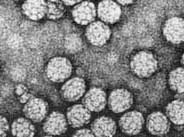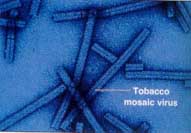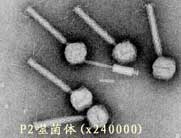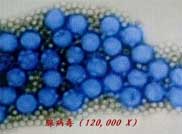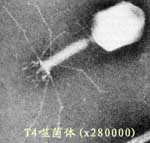病毒粒子(virion):成熟的具有侵染力的单个病毒颗粒。
Virus particles (virions) vary widely in shape: different viruses have different shapes. There are two primary shapes of viruses: rod (filamentous, helical symmetry) and spherical (polyhedral, many-sided).
infectious
[in5fekFEs]adj.有传染性的,
易传染的, 有感染力的
vehicle
[5vi:ikl]n.交通工具,
车辆, 媒介物, 传达手段



